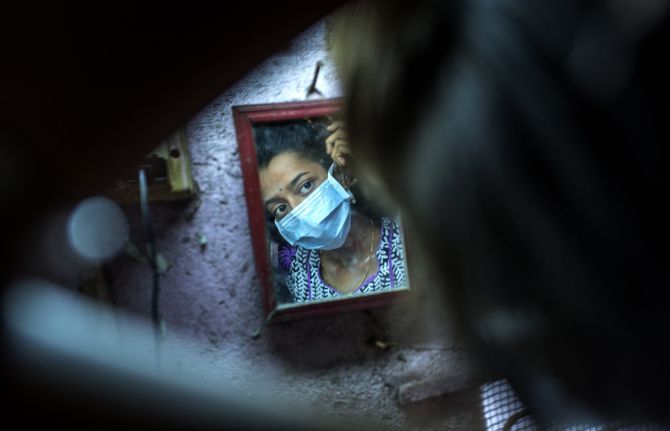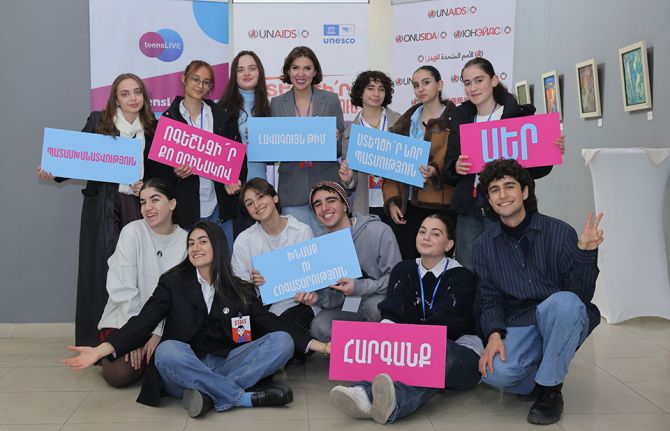

Update
Reaching the missing millions
17 May 2017
17 May 2017 17 May 2017In the past decade, there have been extraordinary leaps in medical technology that have the potential to save lives by dramatically improving the diagnosis and treatment of tuberculosis (TB) and HIV—two of the leading causes of death globally. More remarkable, perhaps, is the fact that these new tests and treatments are available and affordable in almost every country of the world through concerted global efforts to reduce prices.
However, there are millions of reasons why it is too early to celebrate success—the missing millions who are not being reached by HIV and TB services. UNAIDS estimates that in 2015 there were more than 18 million people living with HIV in need of access to life-saving medicines to treat HIV.
More than 10 million people developed TB disease in 2015—only 60% were diagnosed and treated.
Around 400 000 people die from HIV-associated TB every year, including 40 000 children.
New tests have reduced the time to diagnose drug-resistant TB from two months to a matter of hours. Even when effective testing and treatment services for HIV and TB are available free of charge, though, the barriers to accessing them are insurmountable for many of the people who need them most.
“The missing millions are hidden among the world’s poorest, most marginalized populations, such as refugees, sex workers, prisoners, people who use drugs, migrants and people who move to cities in search of a better life and end up in informal settlements, left behind by health and social services,” said Michel Sidibé, Executive Director of UNAIDS. “Many barriers, including lack of transport, poor education, stigma and discrimination, criminalization and food insecurity, prevent them benefiting from the effective tests and medicines that are freely available today, far less the new technologies of tomorrow.”
UNAIDS, the World Health Organization and other global technical partners and donors are discussing how to overcome these barriers to reaching the missing millions at the Stop TB Partnership board meeting, taking place in Berlin, Germany, on 17 and 18 May.
“Our current problem is not the lack of effective tools, policies and guidelines to treat and prevent tuberculosis and HIV, it is how to turn policies into actions. We need the implementation part: concrete actions to be put in place and scaled up to save the lives of millions of people and guarantee an end to the global epidemics of tuberculosis and HIV,” said Lucica Ditiu, Executive Director of the Stop TB Partnership.
Our window of opportunity to end the global epidemics of AIDS and TB is shrinking. Health and development priorities are shifting and complacency is setting in. Our global failure to reach the people most in need with the basic services they need to prevent, diagnose and treat TB and HIV enhances the development of drug resistance, which could render TB and HIV untreatable.
UNAIDS is working with partners to reduce TB-related deaths among people living with HIV by 75% by 2020, as outlined in the World Health Organization End TB Strategy, as well as the targets set in the Stop TB Partnership’s Global Plan to End TB 2016–2020, to achieve the 90–90–90 targets to reach 90% of all people who need TB treatment, including 90% of populations at high risk, and achieve at least 90% treatment success, including through expanding efforts to combat TB, including drug-resistant TB.



